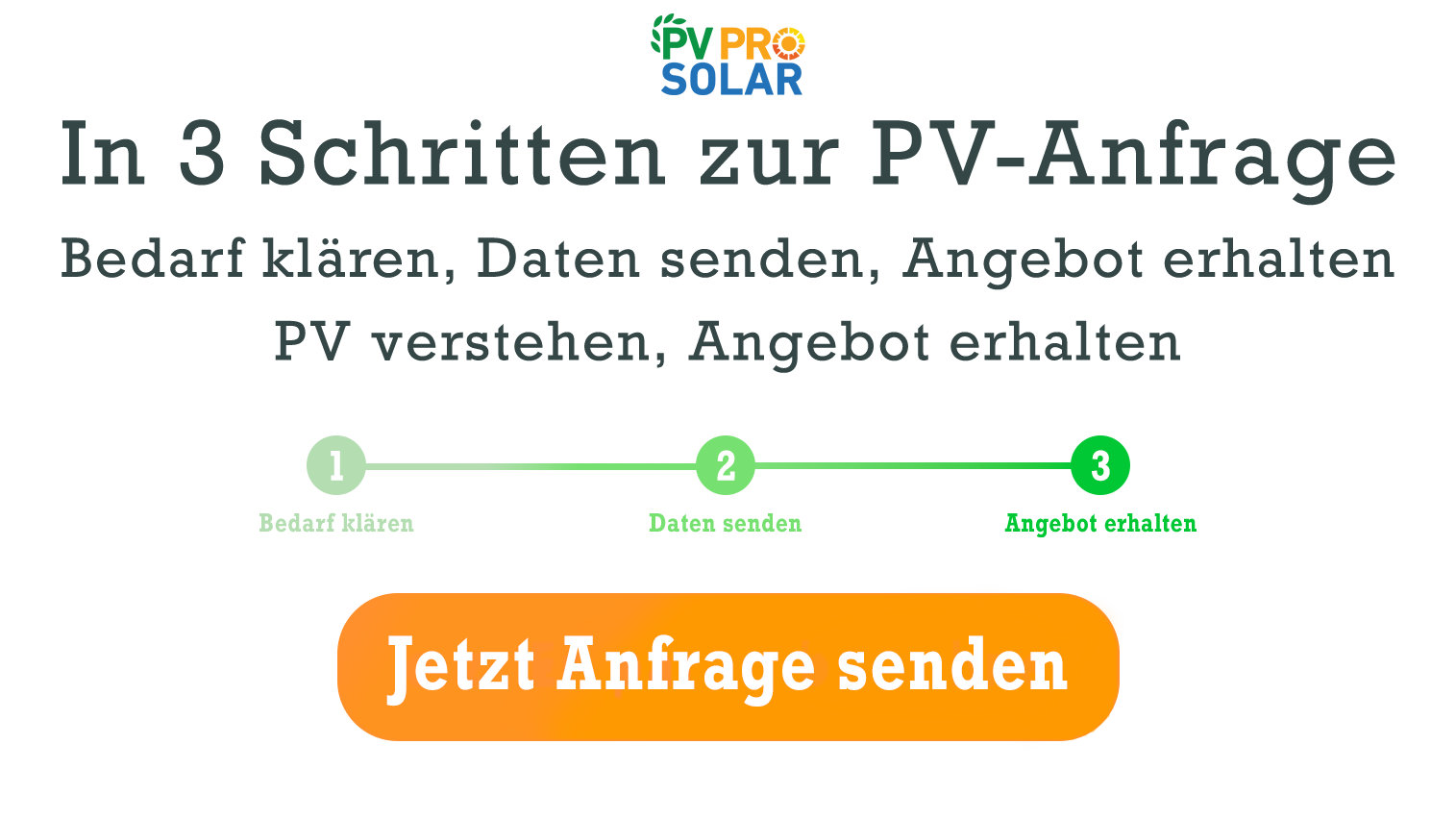How to Calculate Solar Energy Production in Germany?
Knowing how to calculate solar energy production in Germany is crucial if you plan to invest in photovoltaic systems or evaluate their efficiency. Germany poses unique challenges because of its varied climate and regional differences in solar radiation. This guide explains step by step how to calculate solar output using proven methods, practical examples, and modern simulation tools. With this knowledge, you can build a foundation for reliable and sustainable energy planning.
How does the calculation of solar energy production work in principle?
The basic formula for estimating solar power output is:
Solar Yield (kWh) = Nominal Power (kWp) × Solar Irradiation (kWh/m²/year) × Performance Ratio (PR) × Adjustment Factors
- Nominal Power (kWp): Maximum capacity of the PV system under standard test conditions.
- Solar Irradiation: Measured in kWh/m²/year and varies by region in Germany.
- Performance Ratio (PR): Efficiency factor (usually 75–85%) accounting for real-world losses.
- Adjustment Factors: Orientation, tilt, weather, and technical parameters.
How important is solar irradiation for energy yield in Germany?
Annual irradiation varies significantly:
| Region / State | Solar Irradiation (kWh/m²/year) |
| Bavaria | 1050 – 1175 |
| Baden-Württemberg | 1050 – 1150 |
| Lower Saxony | 950 – 1025 |
| Berlin | 950 – 1050 |
| Hamburg | 900 – 1000 |
These values directly affect how much energy a solar system can generate in each region.
How do you determine the nominal capacity of a solar system?
Example:
- Number of modules: 15
- Power per module: 320 W (0.32 kWp)
- Formula: 15 × 0.32 kWp = 4.8 kWp total nominal power
What is the Performance Ratio and why does it matter?
PR represents the ratio of actual electricity output to the theoretical maximum. Losses occur due to:
- Inverter and cable losses
- Module temperature rise
- Shading by trees or buildings
- Dirt and aging of modules
Typical PR values in Germany: 0.75–0.85.
What methods are used to calculate solar energy production?
- Rule of thumb: 900–1100 kWh per kWp/year in Germany
- Mathematical models: Use detailed irradiation, temperature, and efficiency data
- Software simulations: Tools like PVGIS, PVSyst, or SAM provide high accuracy
- Monitoring and measurement: Comparing with real-world plant data
- Online calculators: PVPro Solar and other platforms offer quick yield estimations
Which software tools are useful for simulations?
- PVGIS: Free tool from the European Commission
- PVSyst: Professional PV planning and simulation software
- SAM: Developed by the U.S. Department of Energy
- PV*SOL: 3D simulation software ideal for shaded rooftops
- PVPro Solar Tools: Tailored to German conditions
How do environmental and technical factors influence production?
Key factors include:
- Shading: Can reduce yield dramatically
- Temperature: Every degree above 25°C reduces output by ~0.5%
- Tilt and orientation: Best results at ~30–35° tilt and south-facing roofs
- Inverter efficiency: Directly impacts AC output
- Dirt and snow: Reduce panel efficiency
- Aging: Modules lose ~0.5–1% capacity per year
How can you estimate solar energy production for your home or business?
Step-by-step:
- Determine location (irradiation and sunlight hours)
- Calculate system capacity (kWp)
- Apply PR and losses
- Adjust for tilt and orientation
- Use software or online calculators
Example: 10 kWp system in Munich, ~1100 kWh/kWp/year, PR = 80% → 10 × 1100 × 0.8 = 8,800 kWh/year
Which legal and regulatory aspects must be considered?
- EEG (Renewable Energy Act): Governs feed-in tariffs and subsidies
- DIN VDE standards: Technical and safety requirements
- VDE-AR-N 4105: Grid connection rules
- State funding programs: Linked to efficiency and technical standards
How can you calculate profitability based on production?
Consider:
- Total installation costs (including maintenance)
- Expected annual production (kWh)
- Electricity prices and feed-in tariffs
- Savings from self-consumption
- Payback period (usually 8–12 years in Germany)
- CO₂ reduction as an environmental benefit
Learning how to calculate solar energy production in Germany is key to making informed investment decisions. With the right formulas, regional data, and advanced software, you can estimate realistic yields and optimize system design. Accurate calculations help you determine system size, financial feasibility, and long-term benefits.
Accuracy depends on data quality. Professional simulations usually achieve ±10% precision.
For small projects, online calculators are sufficient. For large-scale or business installations, expert consultation is recommended. How accurate are solar energy production calculations?
Can I calculate solar production myself, or do I need an expert?









